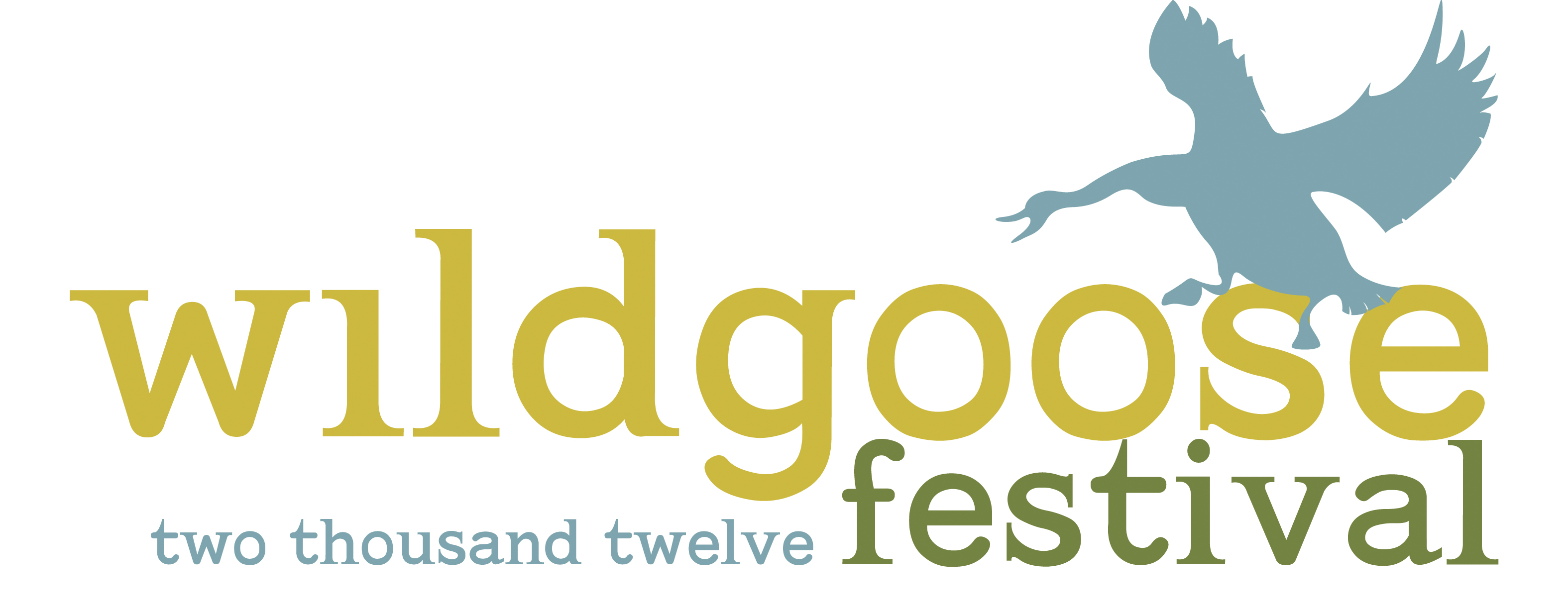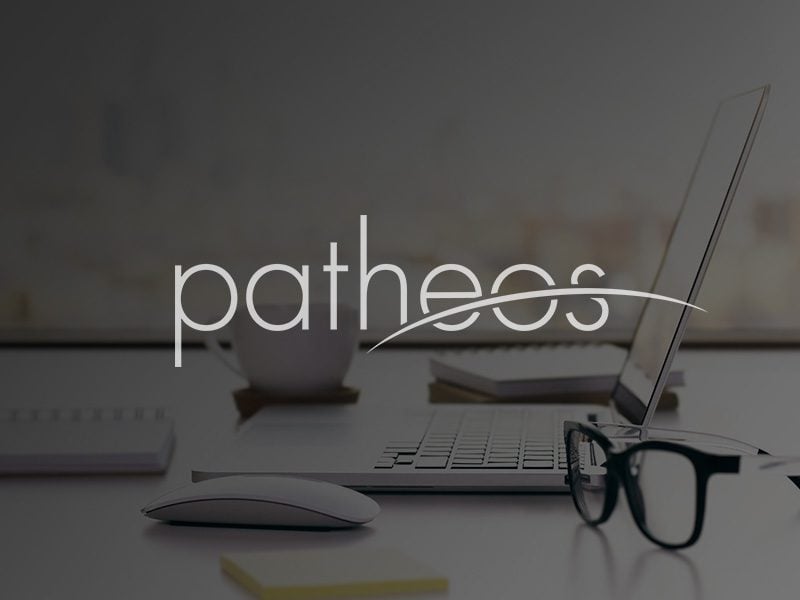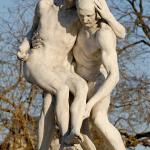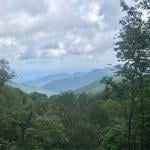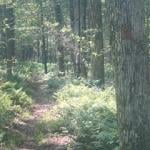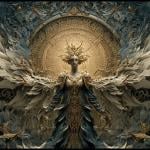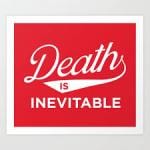As Wild Goose 2012 approaches, this blog will attempt to capture the festival from the viewpoints of those who participate in it. From today’s comments by Executive Director Gareth Higgins to highlights shared by volunteer leaders, performers, attenders and friends, you’ll see how the Goose connects with a variety of people in a variety of ways.
**If you’d like to share your experience with Wild Goose, please email sarah (at) wildgoosefestival (dot) org.**
Interview With Gareth Higgins, Executive Director of the Wild Goose Festival – Part 3
Q: In Part 1 and Part 2 of this interview series, we talked a lot about history and background, but let’s get to the future. What are you looking forward to in this year’s program?
A: We have some surprise guests who are well known figures in film, literature and music lined up.
We’re adding more stuff for kids and youth; and we will be unveiling some of the new features for those areas on the Wild Goose blog soon.
We’ll also be creating more intentional opportunities for people to generate their own conversations. This will include designing a space for people to request conversations about anything. So maybe an attender will say that they want to learn how to be published and a best-selling author might show up. Or maybe someone expresses a desire to learn more about how to engage in racial reconciliation and someone who wrote speeches for Martin Luther King comes to the conversation.
One more big tweak is we’re adding an extra night of the festival. The last night we heard a general sense of, “Ahhhhh, but we’re not done yet. There’s more to happen.” We felt an extra twelve hours could really made a positive difference. So we’re going to extend people’s ability to stay longer, if they want to. And we’re not going to charge any more for the extra festival time.
Sunday afternoon and evening is going to have a more stripped down, relaxed feel, with a great musical climax.
Q: Here’s a question some people might wonder about. Wild Goose is called a festival at the intersection of justice, spirituality, music and art. But does someone have to be involved in those things to attend and enjoy it?
A: No. Not at all. I like to explain it this way. Justice, spirituality, music and art are like four doors. Whichever door you feel closest to, that’s the door you will walk through to enter the festival. And after when you walk through, you’ll look around and find—and probably enjoy—that all four things are happening in a very integrated way.
Q: Along those lines, justice can mean a lot of things to a lot of people. How do you see justice and spirituality manifest itself at the festival?
A: One is that there will be a lot of people coming who are advocates and activists with experience in social justice speaking.
Two, the festival provides a natural chance to encounter others from diverse groups and grassroots communities.
Three, there are some other forms of embodying justice that we try to pay attention to. Things like trying to take care of the earth. Along these lines we try to make our event processes as sustainable and environmentally responsible as we can.
We also strive to ensure that the festival lineup is more diverse than most. If you’re learning about race, there are people there to speak from their own lived experience. If you want to talk about poverty, there are people who present who aren’t engaging the issue from an ivory tower. If you want to think about how faith intersects with sexuality, there are people who can address that from a variety of personal experiences.
Finally, I think about our partner organizations – friends and supporters of the festival. They all intersect with our vision in some way, and they all intersect with each other in some way, even though they don’t share 100% in common.
At Wild Goose, that’s the way it is. People take different approaches – but we’re all focused on the same goal: to embody and experience radical love and to promote the common good.
Q: Can you describe how art might be expressed as well? How does the Wild Goose’s artistic side come out?
A: Art is expressed in countless ways across the festival. There is music, poetry, literature, film, theater, dramatic monologues. Festival-goers can make art individually in moments of reflection or collectively like last year’s sidewalk chalk murals. If attenders want to express themselves verbally, there are open mic sessions open to music and comedy or whatever. We show films, sometimes even offering screenings with a director. Art is a part of everything we do.
Q: Last question. Something unique about Wild Goose–beyond justice and beyond art–is that you intentionally invite people, including speakers and performers, to camp on site. Why?
A: It provides an opportunity to participate more. When the ‘official’ program ends, the festival continues. You don’t really want to leave just because the last musical performance of the night is over – there’s spaces to eat, drink, and talk together that go on into the early hours. More than that, there’s something about being engaged together in a living environment that is different than when you’re just stepping in and out of a conference. It also provides a nice experience for families, including families with children, who want to attend the festival together.


